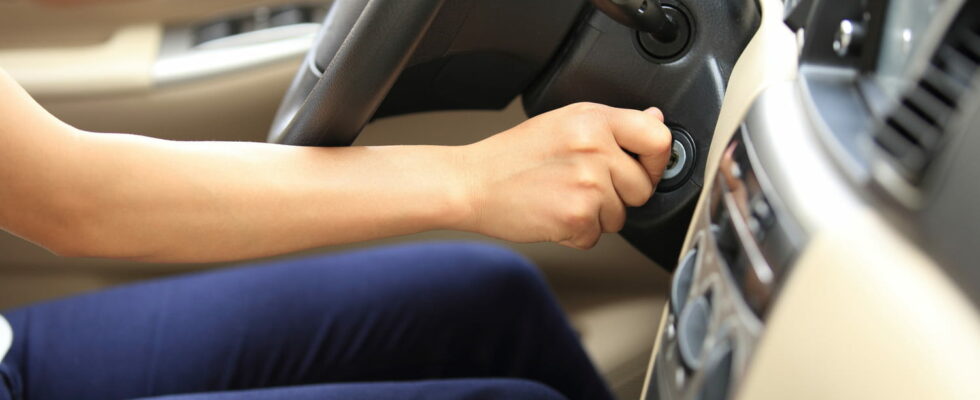Like many motorists, you probably still have this reflex when you start your car. It is high time to lose this useless and even harmful habit.
Most drivers continue to make a common mistake when starting their car. Many motorists, especially young people, still follow the advice of their elders by maintaining a habit inherited from the past which is no longer necessary with modern vehicles, which consists of letting the engine warm up before hitting the road. This practice, which was essential for old cars, is no longer so today.
In the past, gasoline or diesel engines needed a warm-up time to reach their optimal operating temperature and ensure efficient combustion. Leaving the engine running empty, without driving, allowed the mechanical parts to be lubricated and prepared for driving.
Modern cars, manufactured over the past fifteen years, have evolved considerably. Today’s engines are designed with sophisticated materials and advanced technologies that deliver optimal performance from the start. The metal parts of modern engines are made with special alloys and coatings that protect them, even when the engine is cold, during startup.
One of the major developments in contemporary engines lies in the lubrication circuit. Thanks to this innovation, the engine oil quickly reaches all critical areas, providing effective protection from the first seconds of operation. Additionally, the cooling system in modern vehicles helps the engine quickly reach its ideal operating temperature, reducing the need for preheating. In addition, modern oils, especially fully synthetic oils, also play a crucial role. They have properties that protect the mechanical parts of the engine, even when it is cold.
Thanks to these advances, warming up your car’s engine before leaving is no longer necessary, except in extreme cold conditions where temperatures drop below freezing. But even then, it only takes a few minutes for the engine and peripheral components, such as the catalyst, to be protected.
Letting your engine idle is not only unnecessary, but also bad for the environment and your wallet. In fact, it consumes fuel for nothing while producing greenhouse gases and pollutants. Not to mention that this puts unnecessary strain on the mechanical parts which can lead to premature wear.
Also, as soon as you get into your car, start the engine and wait a few seconds. By the time you put on your seat belt and put on your music, the engine will be ready to go.
Be careful, however: you must not rush the engine immediately after starting. When you start driving, drive gently for the first few minutes. Avoid accelerating suddenly and keep engine speed low when changing gears. This precaution helps extend the life of your engine and other vehicle components.
